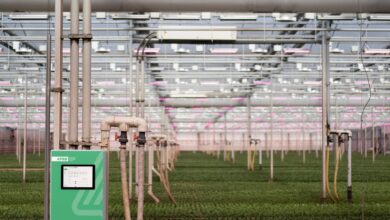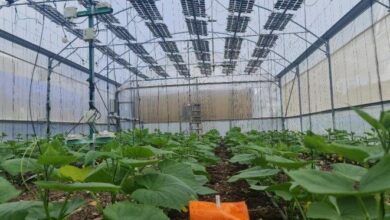Saving water in agriculture: up to 50% with Arrigoni agro textiles
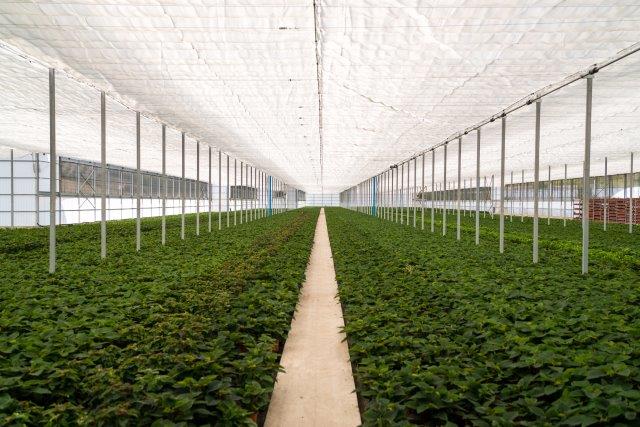
The Como-based Group’s two-year research project into evaporation and evapotranspiration has shown that all Arrigoni screens, and not only its shading systems, deliver water savings.
Depending on their structure, color, and level of shading, all Arrigoni protective screens for agricultural crops enable water saving, with reductions of up to 50% compared to the open field. These are the findings of a wide-ranging study by the Arrigoni group, the leader in the production of agrotextiles for use in farming, presented at the Eima international agricultural machinery exhibition.
The study presents the outcome of field tests conducted from April to October 2022 at the Group’s research station at Putignano, near Bari. The data examined during the test related to the evaporation of water from the soil and evapotranspiration, meaning the combination of evaporation from the ground and transpiration by plants, which defines a crop’s total water loss.
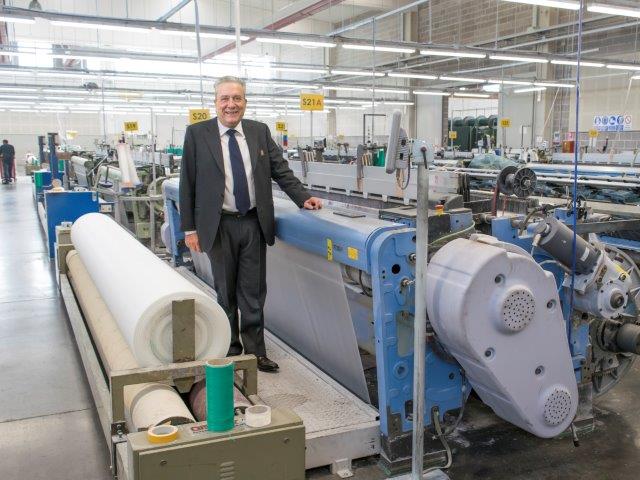
The test considered the Fructus®, Protecta® System, Prisma®, Robuxta®, and Arricover® ranges – in other words, all Arrigoni’s most widely used coverings – with astonishing results. In fact, the study revealed that the use even of a protection system not specifically designed to save water but intended for other functions, such as climate control, protection from wind or insect pests, or shading, also provides major benefits in terms of limiting water consumption.
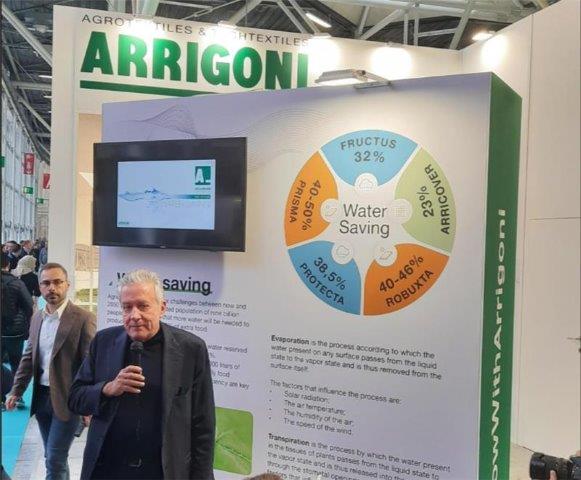
“On the basis of the tests conducted,”engineer Marco Lippolis explains, “first and foremost it must be specified that the rate of water saving for a fruit or vegetable crop depends primarily on the weather conditions and the geographical area where it is measured. However, in general terms, as the temperature in the external environment increases, the percentage saving provided by protective screens also rises. At the same time, again according to average values, water saving capability tends to increase in proportion to the agrotextile’s shading coefficient.”
Specifically, Robuxta® and Prisma®, coverings produced to provide protection against excessive exposure to UV radiation and to reduce internal temperature, were found to have a water saving capability of between 40% and 50%. On the other hand, Protecta® System, designed for rain and protection against insects and low temperatures, provided a saving of 38.5%. Fructus®, the Arrigoni solution for hail and for protecting orchards, enables a water saving of 32%. Finally Arricover®, the system for bioclimatic control in greenhouses, achieves a 23% reduction in water use.

Each of these data, limited to the specific geographical area and climate, may also provide even more precise figures for each crop of application when combined with the single crop coefficients of the FAO’s Penman-Monteith method.
“Water saving is destined to be a more and more crucial challenge to the agriculture of today and tomorrow,” comments Paolo Arrigoni, CEO of the group of the same name. “We need only remember that according to FAO data, it takes from 2,000 to 5,000 litres of water to produce enough food to feed one person for a day. With our study, conducted to scientific standards in association with ten or so universities and specialist international centres such as CIHEAM, we have made a major contribution to one of the most pressing emergencies facing the entire sector. Naturally, our research will continue, but we are very happy that our figures establish new bases for the production of all the most common fruit and vegetable crops.”
For more information: http://www.arrigoni.it/


